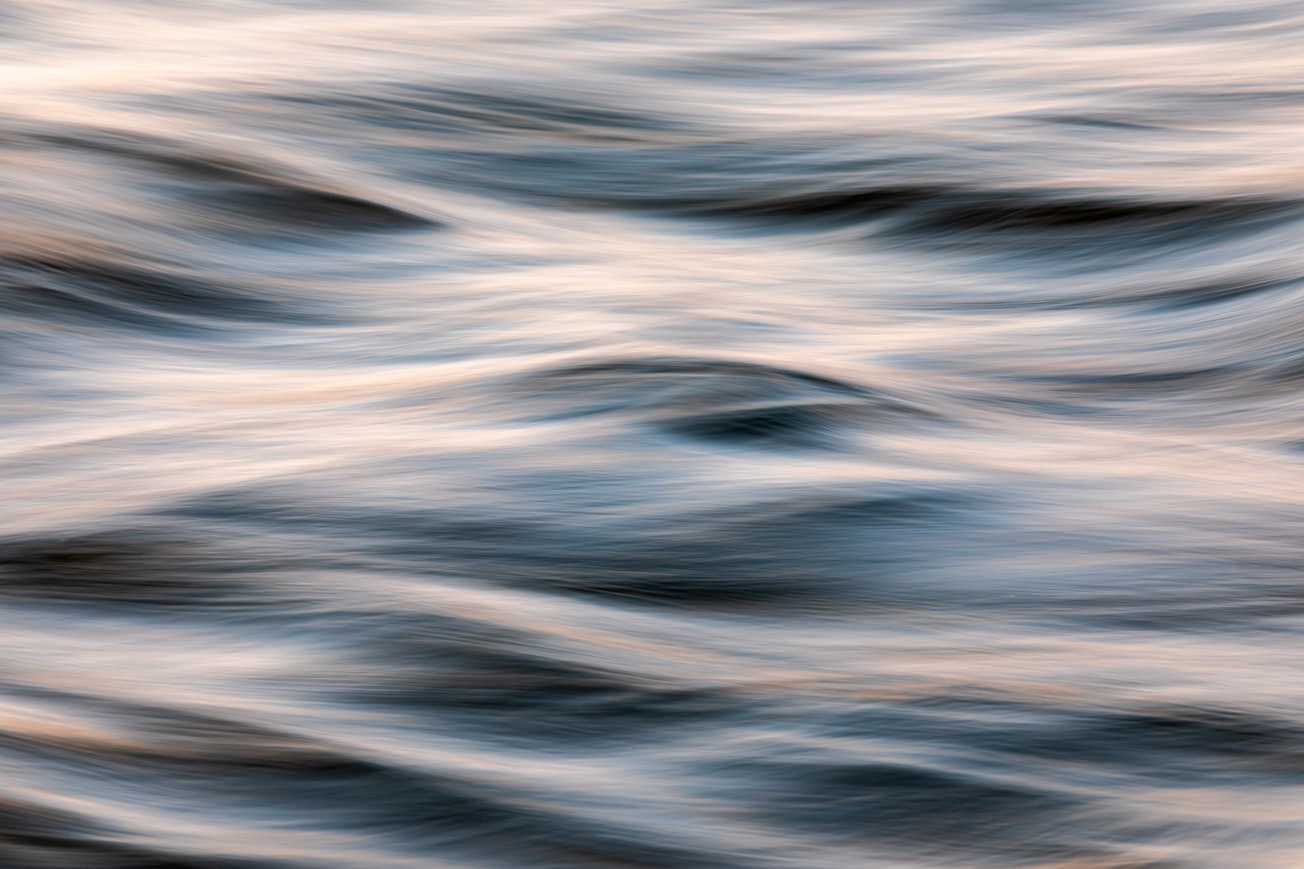What is it about?
An electron injected into a metal between two superconductors executes repeated reflections as it “ping-pongs” off the superconductors. At the first reflection, the electron returns as a “hole” but at the next reflection the hole returns as an electron. Two successive reflections shuttle a pair of electrons across the metal. These multiple Andreev reflections are observed with exceptional resolution in the Dirac semimetal MoTe2. By tuning the phase difference between the two superconductors, we show that the multiple reflections are tightly choreographed with a companion Josephson supercurrent that arises from the shuttled pairs. The injected electron may be likened to a bus driver shuttling paired passengers one-way between terminals. If the distance is short, the pairs form a supercurrent.
Featured Image

Photo by Dave Hoefler on Unsplash
Why is it important?
The Josephson supercurrent and Andreev reflections are well-investigated, but often regarded as independent phenomena in superconductivity. Applying the phase-tuning technique, we show that they are intimately related. The supercurrent arises from the Cooper pairs shuttled by the injected electron undergoing multiple reflections. In Dirac semimetals we find that the Josephson supercurrent relies on multiple Andreev reflections to be transmitted. In the limit when the junction is dissipationless, the shuttled pairs account for the entire Josephson supercurrent. Our experiment raises the interesting question whether this intimate relationship holds in all junctions.
Perspectives
We hope that the results motivate other researchers to investigate the relation between the Josephson supercurrent and Andreev reflection in junctions based on Dirac and conventional metals to verify if the two invariably go hand in hand. N.P.O.
Nai Phuan Ong
Princeton University
Read the Original
This page is a summary of: Phase tuning of multiple Andreev reflections of Dirac fermions and the Josephson supercurrent in Al–MoTe
2
–Al junctions, Proceedings of the National Academy of Sciences, July 2022, Proceedings of the National Academy of Sciences,
DOI: 10.1073/pnas.2204468119.
You can read the full text:
Contributors
The following have contributed to this page







